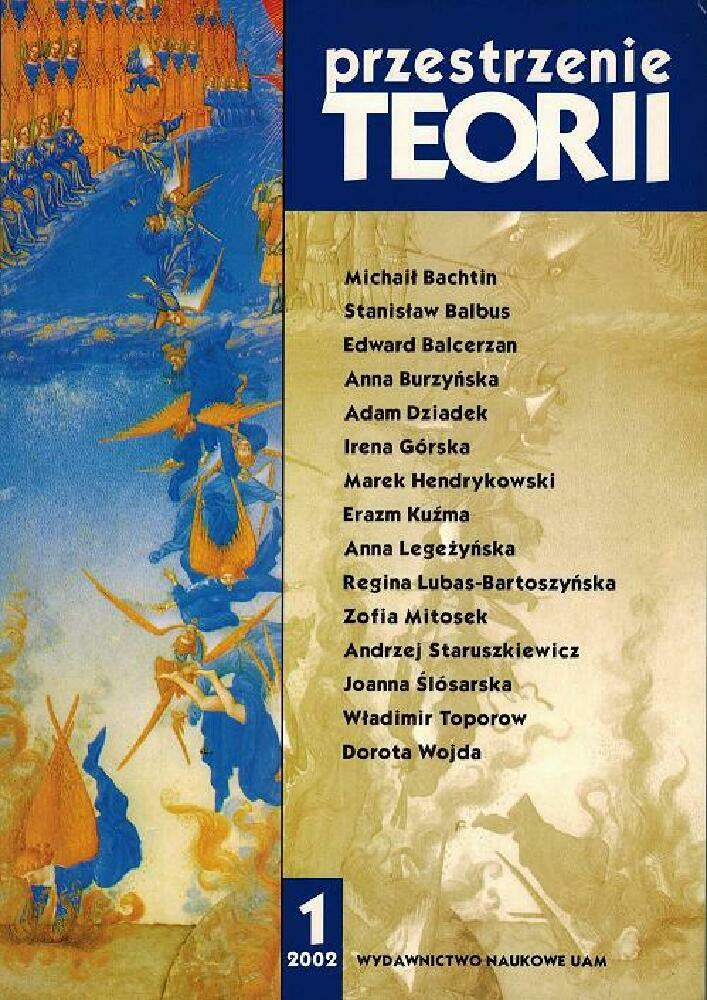Abstract
Tadeusz Różewicz's drama becomes philosophy in two ways. It poses the same questions as philosophy does (about the sense and the aim of human life) and it uses the same methods of expressing itself (it converses with other works, the world, the reader and the writer). Różewicz destroys the old drama rules to re-use them in order to construct some new ones and he rebuilds the world using these rules. However, the newly-built forms don't resemble the classical drama. The boundary between life and art disappears. Paradoxically, it turns out that destruction can be a tool to unite the world. In Różewicz's world everything loses its identity. On the level of genetic rules a fragment appears, whereas, on the philosophical level there is the idea of imperfection.License
Authors
Authors of texts accepted for publication in Przestrzenie Teorii are required to complete, sign and return to the editor's office the Agreement for granting a royalty-free license to works with a commitment to grant a CC sub-license.
Under the agreement, the authors of texts published in Przestrzenie Teorii grant the Adam Mickiewicz University in Poznań a non-exclusive, royalty-free license and authorize the use of Attribution-NonCommercial-NoDerivatives 4.0 International (CC BY-NC-ND 4.0) Creative Commons sub-license.
The authors retain the right to continue the free disposal of the work.
Users
Interested Internet users are entitled to use works published in Przestrzenie Teorii since 2015, for non-commercial purposes only, under the following conditions:
- attribution - obligation to provide, together with the distributed work, information about the authorship, title, source (link to the original work, DOI) and the license itself.
- no derivatives - the work must be preserved in its original form, without the author's consent it is not possible to distribute the modified work, such as translations, publications, etc.
Copyrights are reserved for all texts published before 2015.
Miscellaneous
Adam Mickiewicz University in Poznań retains the right to magazines as a whole (layout, graphic form, title, cover design, logo etc.).
